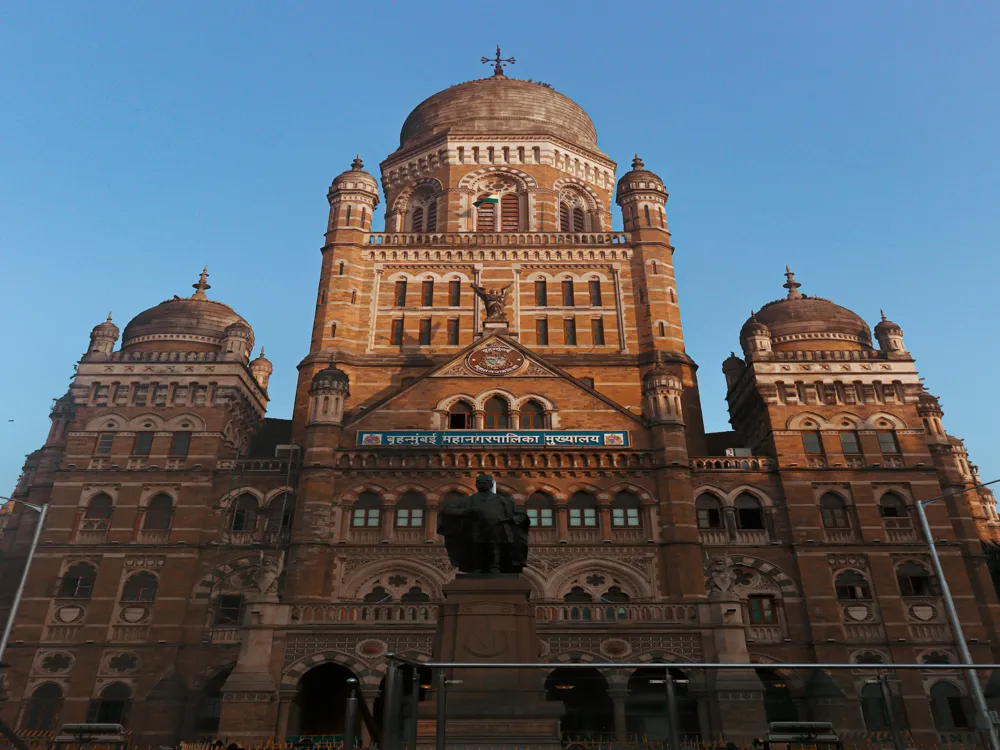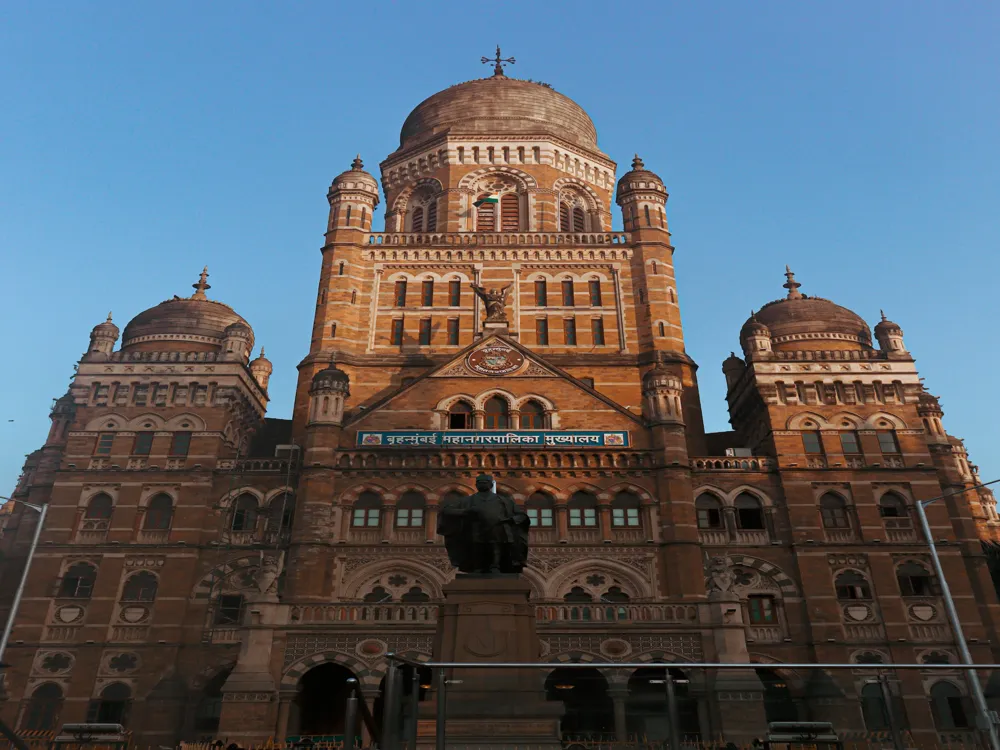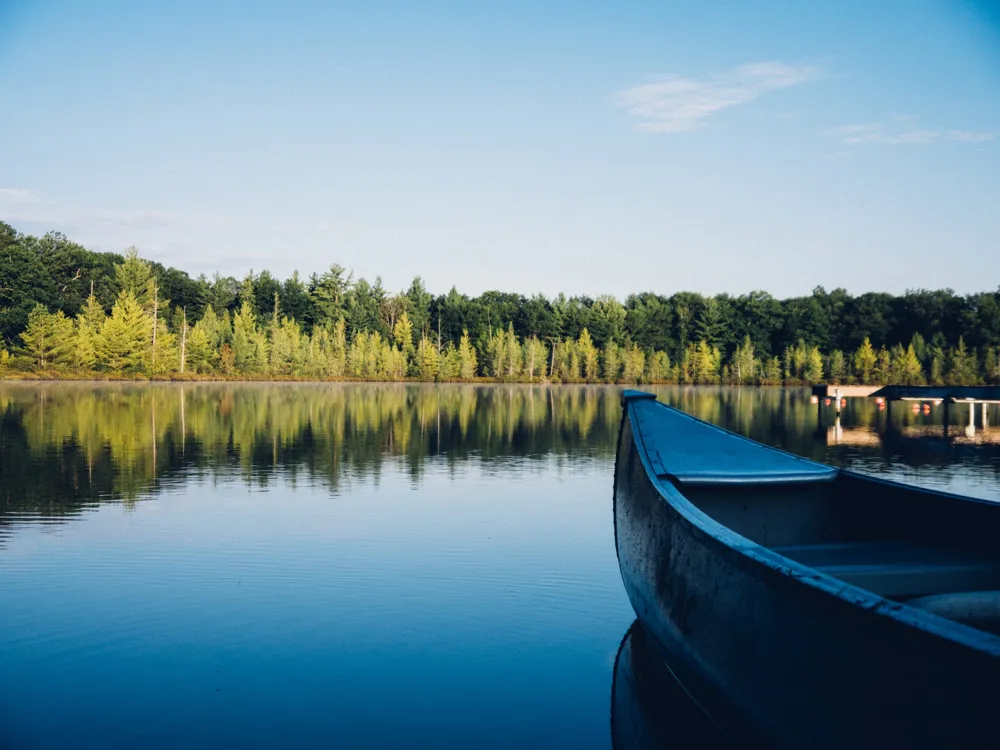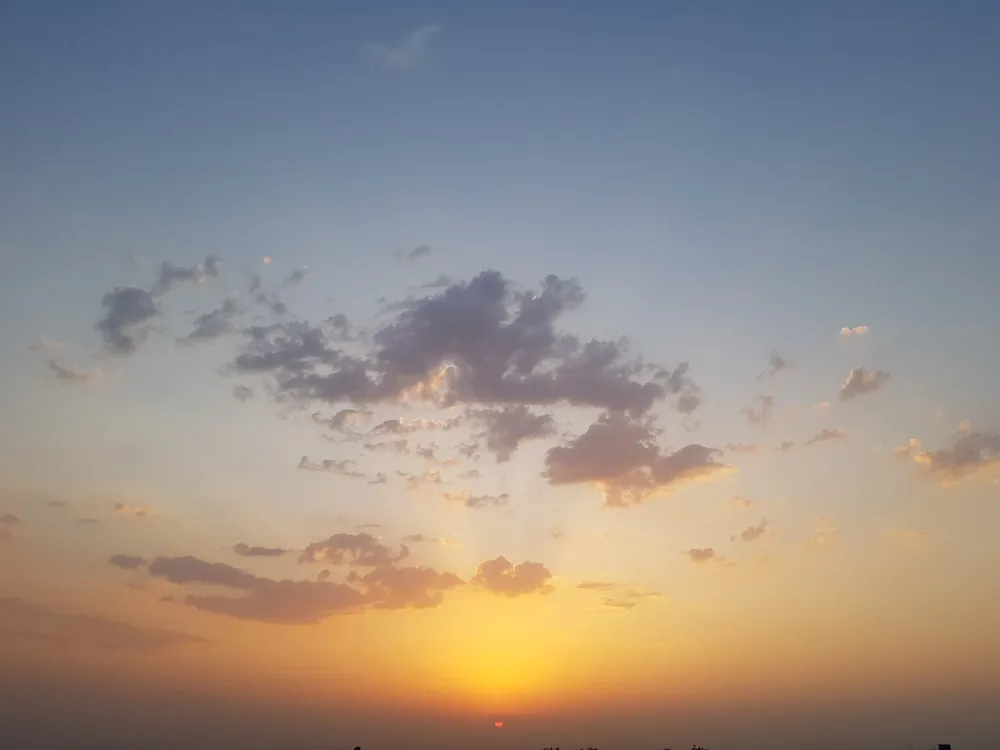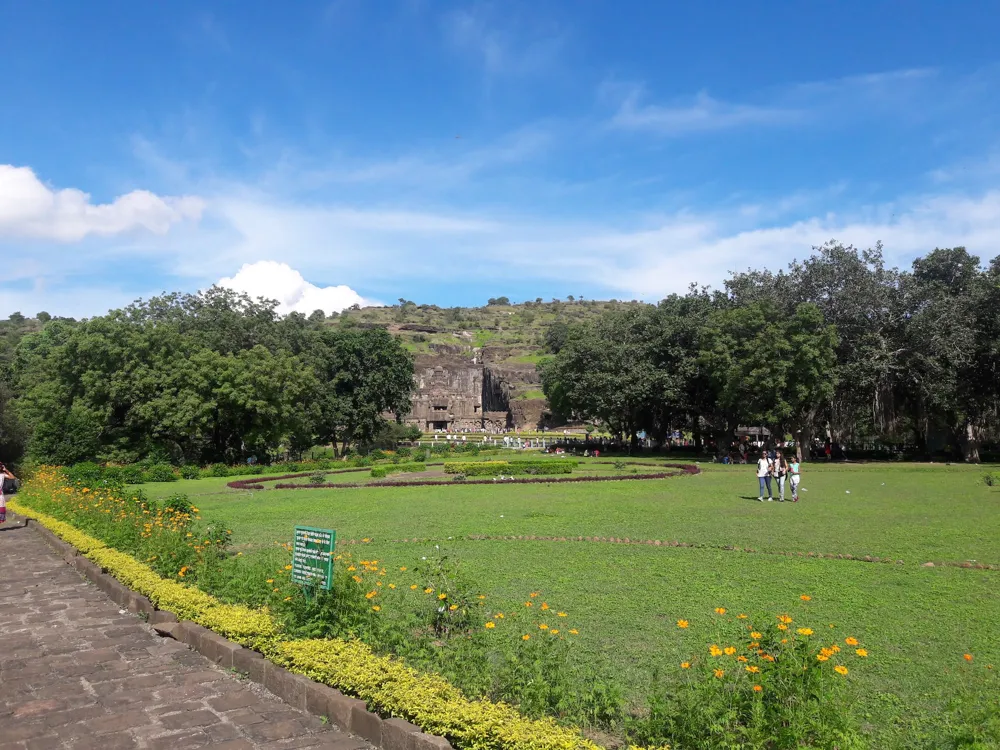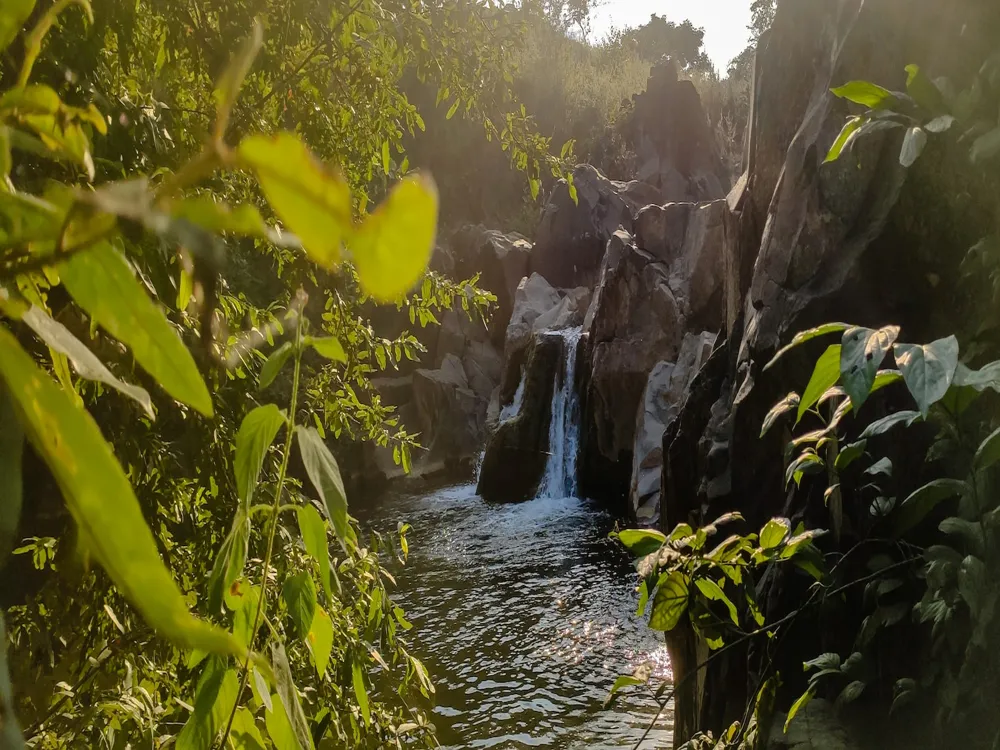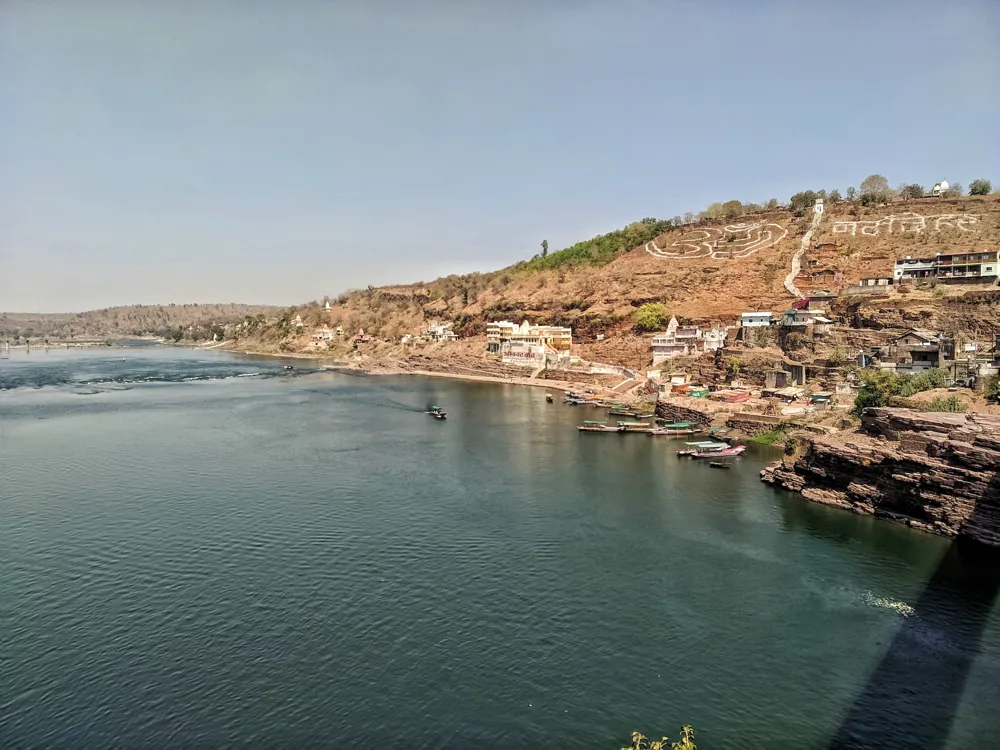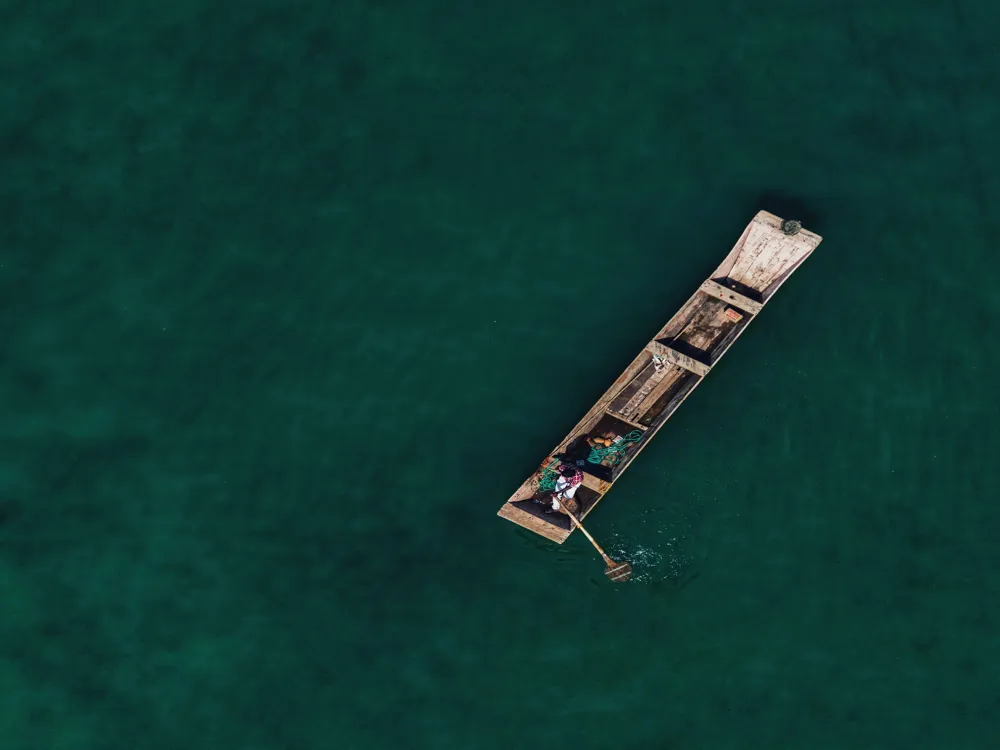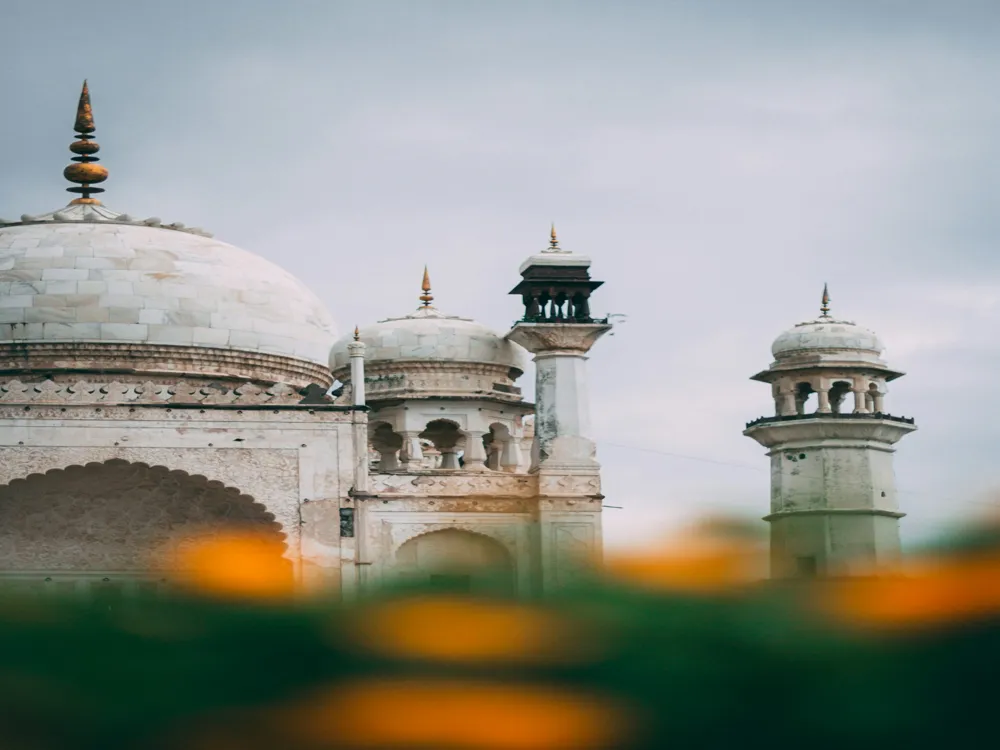Chikhaldara, nestled in the heart of Maharashtra, is a hidden gem waiting to be discovered. Renowned for its breathtaking beauty and unique elevation, it stands as the only hill station in the Amravati district. The town is steeped in rich history, with legends linking it to the epic Mahabharata, where Bheema killed the villainous Keechaka and threw him into the valley, thus giving the place its name. This historical and mythological significance adds a layer of intrigue to the region.
The beauty of Chikhaldara is unparalleled, with lush green forests, diverse wildlife, and enchanting valleys. The region is a part of the Melghat Tiger Reserve, making it a hotspot for wildlife enthusiasts. The flora and fauna here are diverse, with a variety of plant species and wildlife like tigers, leopards, sloth bears, and wild dogs. The area's natural beauty is further enhanced by its numerous lakes, waterfalls, and viewpoints, such as the famous Hurricane Point, Prospect Point, and Devi Point, offering panoramic views of the surrounding landscape.
Chikhaldara also plays a vital role in the coffee production in Maharashtra. Its unique climate conditions make it suitable for coffee plantations, adding another dimension to the region's agricultural diversity. This hill station is not just a treat for the eyes but also for the soul, with its serene environment providing a peaceful escape from the hustle and bustle of city life.
The local culture of Chikhaldara is a beautiful blend of traditional and modern influences. Festivals and fairs are a significant part of the community, with vibrant celebrations reflecting the rich cultural heritage. The tribal communities in the region, primarily the Korku tribe, contribute significantly to the cultural tapestry, with their unique customs, dances, and music.
The region's economy is primarily driven by tourism and agriculture. With its scenic beauty and rich cultural heritage, Chikhaldara attracts tourists from all over the world. The tourism sector has seen significant growth over the years, with the development of resorts, adventure activities, and eco-tourism initiatives. This growth has not only boosted the local economy but also created numerous job opportunities for the residents.
Chikhaldara is a destination that offers something for everyone. Whether it's the thrill of spotting a tiger in the wild, the peace of a quiet walk in the forest, the cultural richness of the tribal dances, or the simple joy of watching a sunset over the valley, this hill station is a treasure trove of experiences waiting to be explored.
The architecture of Chikhaldara is a fascinating amalgamation of historical and modern influences, reflecting the region's rich past and its evolution over the years. The region's architectural landscape is diverse, ranging from ancient forts and temples to modern resorts and facilities.
One of the most significant historical structures in Chikhaldara is the Gavilgad Fort. Perched atop a hill, this fort offers a glimpse into the region's historical military significance. The fort, with its sturdy walls, bastions, and gateways, stands as a testament to the architectural ingenuity of the past. The intricate carvings and the fort's strategic position offer insights into the historical and cultural context of the time.
Another architectural marvel in Chikhaldara is the Bhimkund, a natural water tank named after Bheema, one of the Pandava brothers from the Mahabharata. The area surrounding Bhimkund is adorned with ancient temples, showcasing the traditional architectural style of the region. These temples, with their intricate carvings, beautiful idols, and serene ambiance, provide a spiritual retreat for visitors.
In contrast to these historical structures, Chikhaldara also boasts modern architectural developments, particularly in the hospitality sector. The hill station is home to a range of resorts and hotels, designed to offer comfort and luxury amidst the natural beauty of the region. These establishments often incorporate elements of traditional architecture, such as sloping roofs and local art, blending seamlessly with the natural landscape.
The architectural landscape of Chikhaldara is not just about buildings and structures; it's about the harmonious blend of nature and human ingenuity. The use of local materials, respect for the natural topography, and the emphasis on sustainability reflect the community's deep connection with their environment. This connection is evident in the way buildings are designed to offer stunning views of the valleys and forests, creating an immersive experience for anyone who visits.
In summary, the architecture of Chikhaldara is a mirror to its history, culture, and natural beauty. From ancient forts telling tales of bygone eras to modern resorts offering contemporary comforts, the architectural landscape of Chikhaldara is as diverse and enchanting as the hill station itself.
The best time to visit Chikhaldara is from October to February when the weather is pleasant, and the natural beauty is at its peak. Monsoon months, from June to September, offer lush green landscapes but can be challenging due to heavy rainfall.
Chikhaldara offers a range of accommodation options, from luxury resorts to budget-friendly homestays. Booking in advance is recommended, especially during peak season, to secure the best places and deals.
While private vehicles are the most convenient way to explore Chikhaldara, local transport options like auto-rickshaws and taxis are also available. Renting a car or bike can provide flexibility for sightseeing.
As Chikhaldara is part of a tiger reserve, adhering to wildlife safety guidelines is crucial. Hiring a local guide for forest excursions is advisable, and visitors should always maintain a safe distance from wild animals.
Respect for local customs and traditions is essential. Visitors should dress modestly and seek permission before photographing local residents or participating in tribal ceremonies.
Chikhaldara is well-connected by road and is accessible from major cities like Nagpur and Amravati. The nearest airport is at Nagpur, about 230 kilometers away, while the closest railway station is in Badnera, around 110 kilometers from Chikhaldara. Regular bus services and taxis are available from these points to reach Chikhaldara. For those driving, the journey offers scenic routes through the mountains and forests, making the travel part of the experience.
Overview of Chikhaldara, Maharashtra
Architecture of Chikhaldara
Tips When Visiting Chikhaldara
Best Time to Visit
Accommodation
Local Transport
Wildlife and Safety
Cultural Etiquette
How To Reach Chikhaldara
Narnala Fort
Chikhaldara
Maharashtra Goa
NaN onwards
View chikhaldara Packages
Weather :
Label : Must Visit
Tags : Forts & Palaces
Timings : Sunrise to Sunset
Time Required : 1-2 hrs
Entry Fee : No entry fee
Planning a Trip? Ask Your Question
Chikhaldara Travel Packages
View All Packages For Chikhaldara
Top Hotel Collections for Chikhaldara

Private Pool

Luxury Hotels

5-Star Hotels

Pet Friendly
Top Hotels Near Chikhaldara
Other Top Ranking Places In Chikhaldara
View All Places To Visit In chikhaldara
View chikhaldara Packages
Weather :
Label : Must Visit
Tags : Forts & Palaces
Timings : Sunrise to Sunset
Time Required : 1-2 hrs
Entry Fee : No entry fee
Planning a Trip? Ask Your Question
Chikhaldara Travel Packages
View All Packages For Chikhaldara
Top Hotel Collections for Chikhaldara

Private Pool

Luxury Hotels

5-Star Hotels

Pet Friendly







